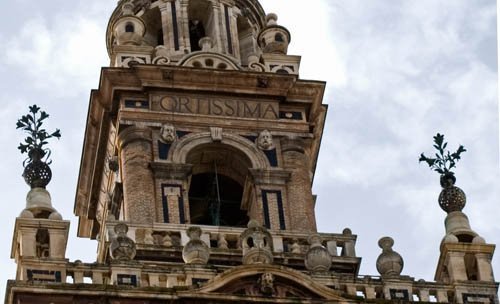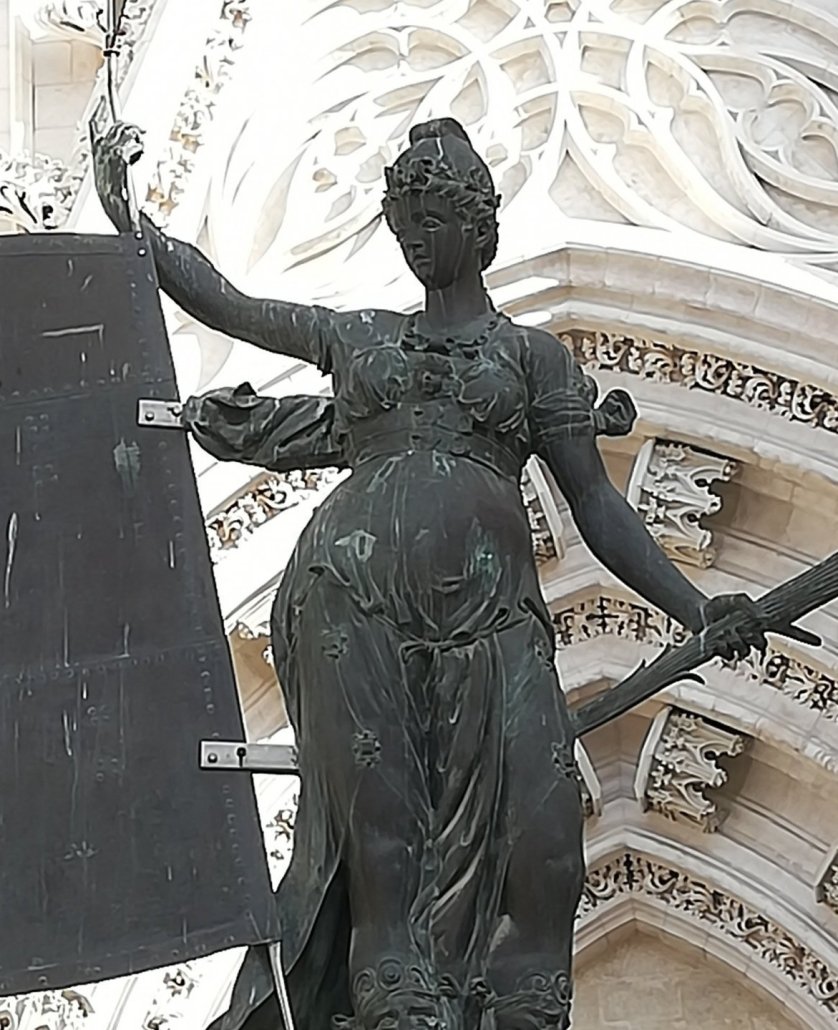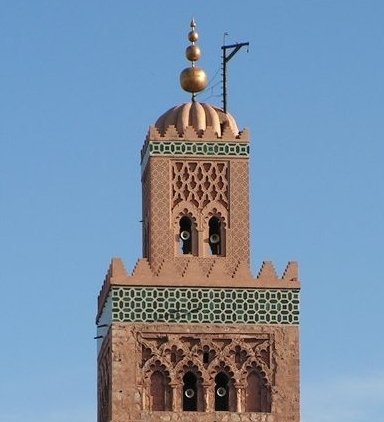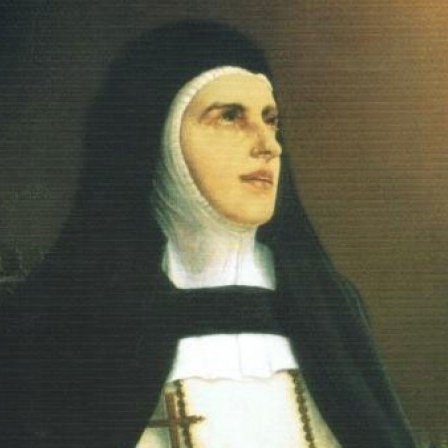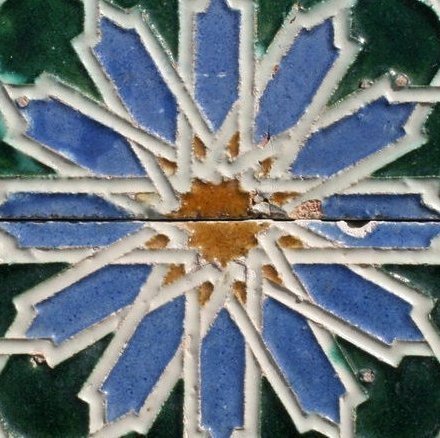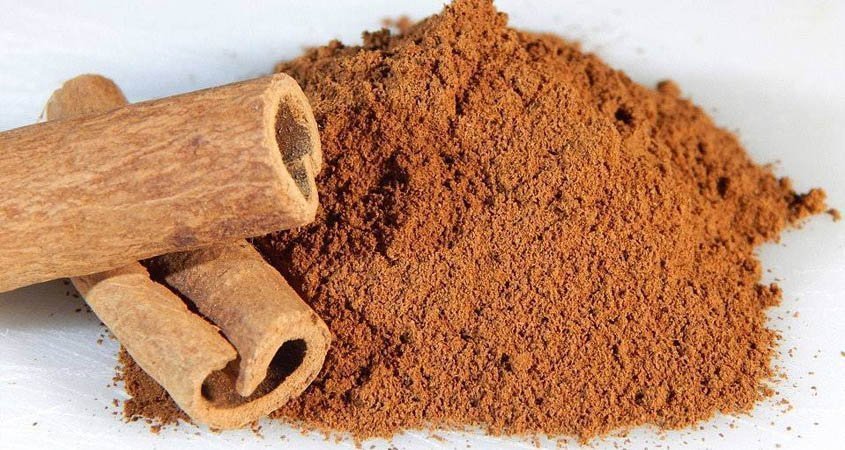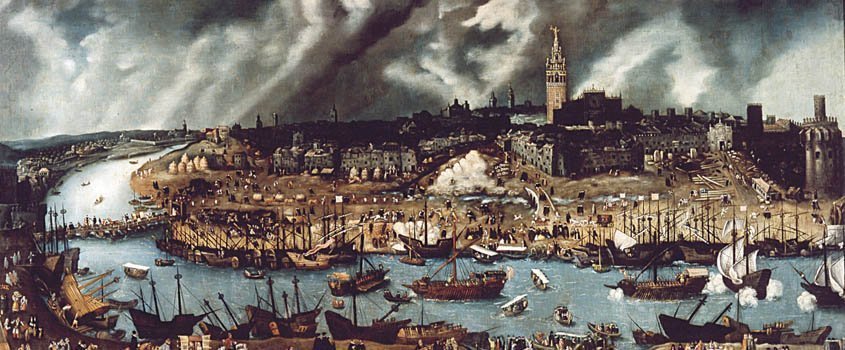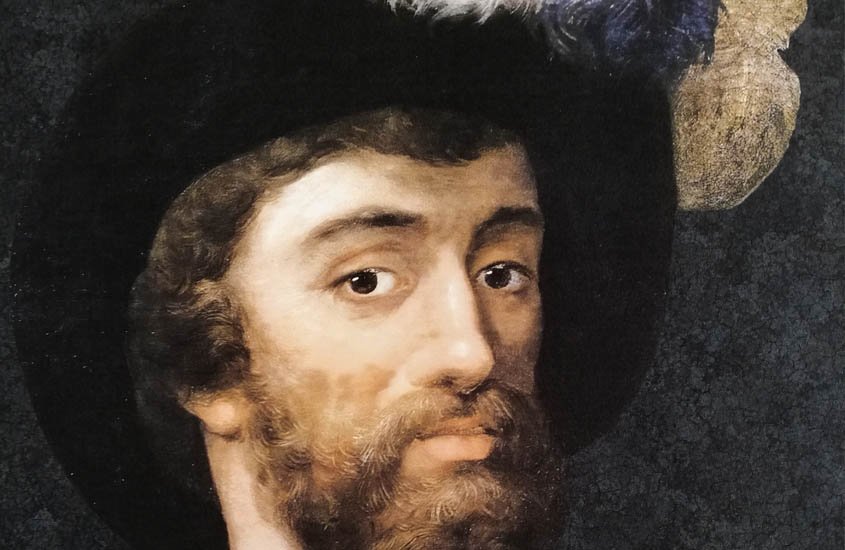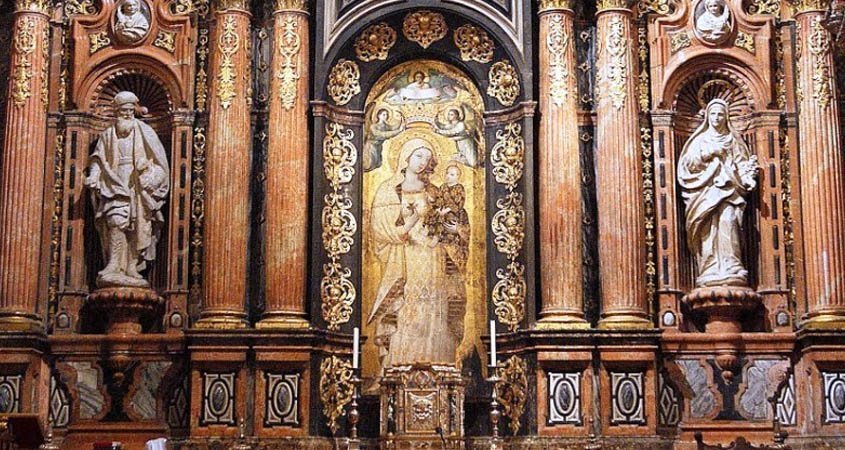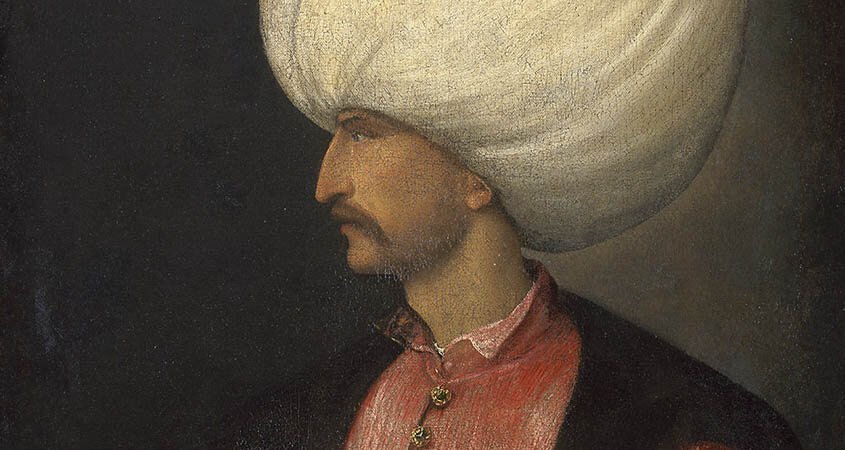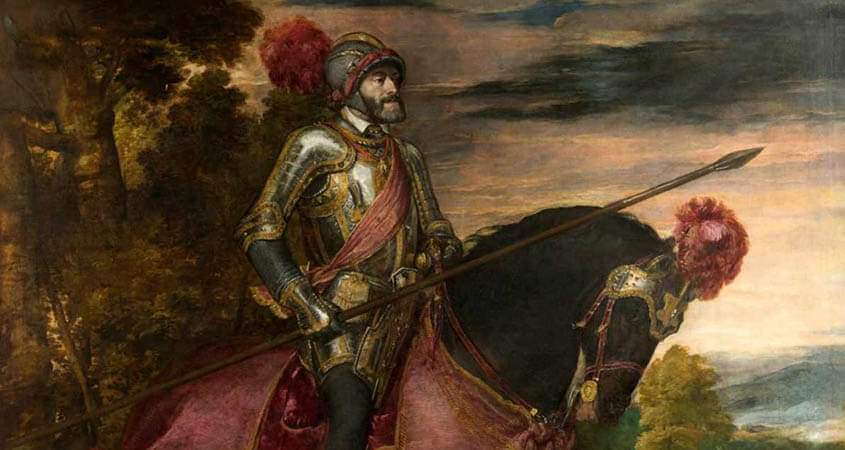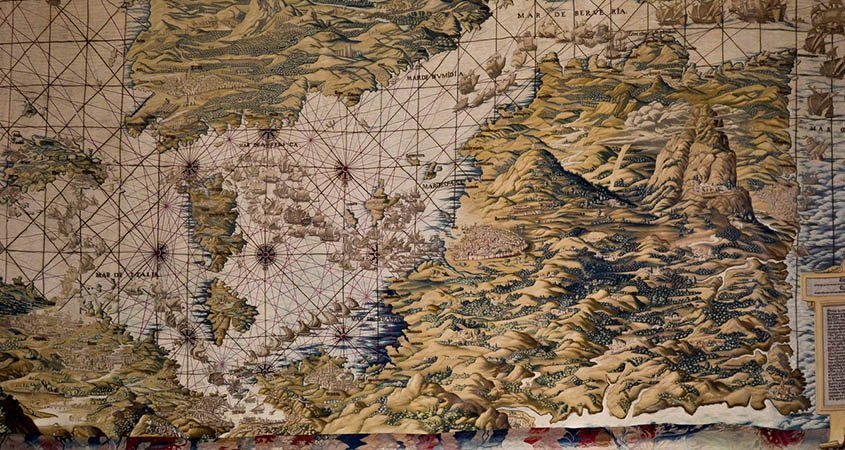The Giralda, the main tower of the Cathedral of Seville contemplates us more than 800 years ago. Today we tell you some of its secrets and its most curious stories.
1. One tower and two religions
In the 12th century, Muslim Seville was governed by the Almohad dynasty. In 1184 the caliph Abu Yacoub Yusuf ordered the construction of the minaret tower of the mosque. In 1195 they defeated the Christians in the battle of Alarcos and to celebrate the victory the tower was crowned with the yamur, four gilt bronze balls that could be seen for miles and made the minaret one of the most beautiful and imposing towers in Al- Andalus.
But the city was conquered in 1248 by Ferdinand III, called the Saint. Years later, the balls that crowned it were replaced by a small bell tower. A cross that definitively put Seville under the banner of Christianity.
The American wealth of the 16th century in Seville led the city to devise a change in the appearance of its main tower. They wanted a tower even higher, more powerful and even more beautiful, crowned by an allegory of the triumph of the Church.
It was then that they installed the bronze sculpture that crowns it, called Giraldillo since it was a weathervane (from “girar” to rotate) . Since then, the tower would be known as Giralda. And therefore, it has about 55 meters of the old Islamic tower and the Christian bell corps added in the 16th century.
2. Cervantes, the author of Don Quixote, called her the Giantess of Seville
In those same years, around 1580, an illustrious visitor was struck by the grandeur of the tower and its statue. It was the writer Miguel de Cervantes who called her the Giantess of Seville and as such appears in a passage from Don Quixote:
“Once I was commanded to go and challenge that famous giantess of Seville called the Giralda, who is as brave and strong as made of bronze, and without moving from one place is the most mobile and steadfast woman in the world.
Don Quixote by Miguel de Cervantes
3. A twin tower in Marrakech
Actually, there is more than one twin tower, the one in Marrakech being the most famous. It is the tower of the largest mosque in this Moroccan city, the so-called Kutubiya. It was built a few years before our Islamic Giralda and by the same dynasty that reigned in Morocco and Al-Andalus, the Almohads. Stylistically it is very similar and of similar height.
Of course, the twin of Marrakech is still crowned by the golden bronze balls that our Sevillian tower once had.
4. The Giralda of America
And if there are twin towers from the same period, there are also replica towers that took our Sevillian tower as a model. The fame of the Giralda spread throughout the world and was particularly popular in America in the 19th and 20th centuries.
Those first travelers who knew Seville wanted to reproduce this symbol in their cities. The most striking was J. C. Nichols, an American businessman from Kansas City in the 1920s. He promoted that both cities, Kansas City and Seville, be twinned.
Years later, in central Kansas, his son had a replica of the Virgen de los Reyes square built with a Giralda tower, somewhat smaller than the original but which undoubtedly attracted attention in this remote American city in the Midwest.
Also, a Giralda once graced New York City. It was between 1890 and 1925 where the current Madison Square Garden, in the middle of Manhattan. It was crowned by a statue of the goddess Diana.
Unfortunately, it was demolished in 1925
5. Sister Barbara of la Giralda
And we return to Seville.
Barbara, a sevillian girl was born In the interior of the Giralda in 1842, on ramp 30th, because her father, who was a bell ringer, occupied a room in this tower. For this reason she was called the Daughter of the Giralda or Sister Barbara de la Giralda.
When she was 11 years old, her older brother who was 13, died accidentally, falling from the tower while the bells were ringing, because the San Fernando festivity was being celebrated.
She entered the Dominican convent of Madre de Dios, in the Santa Cruz neighborhood of Seville. She had mystical visions and died in the odor of sanctity.
Currently she is in the process of canonization.
As you can see, this tower that over the centuries has served as a bell tower, an astronomical observatory, a lightning rod, a lookout post and, above all, a symbol of one of the most emblematic and beautiful cities in Europe, combining Islamic and Christian culture.
Stories like these and many more in our private tours of Seville https://www.toursevilla.com/en/contact/
More info and useful tips to visit the Giralda in the website of Seville City Hall https://www.visitasevilla.es/en/monuments-and-culture/giralda

